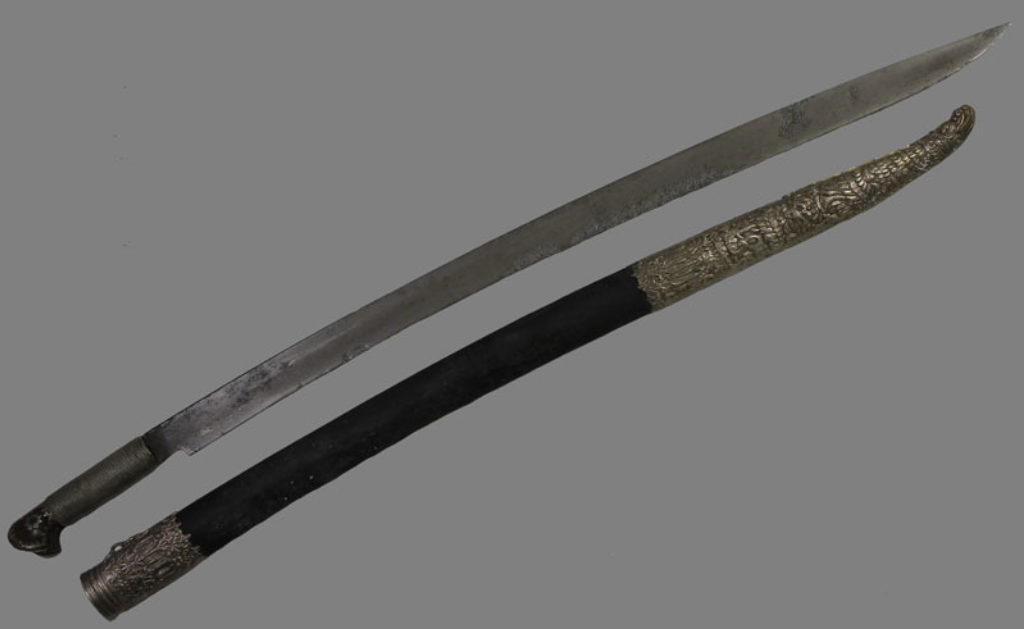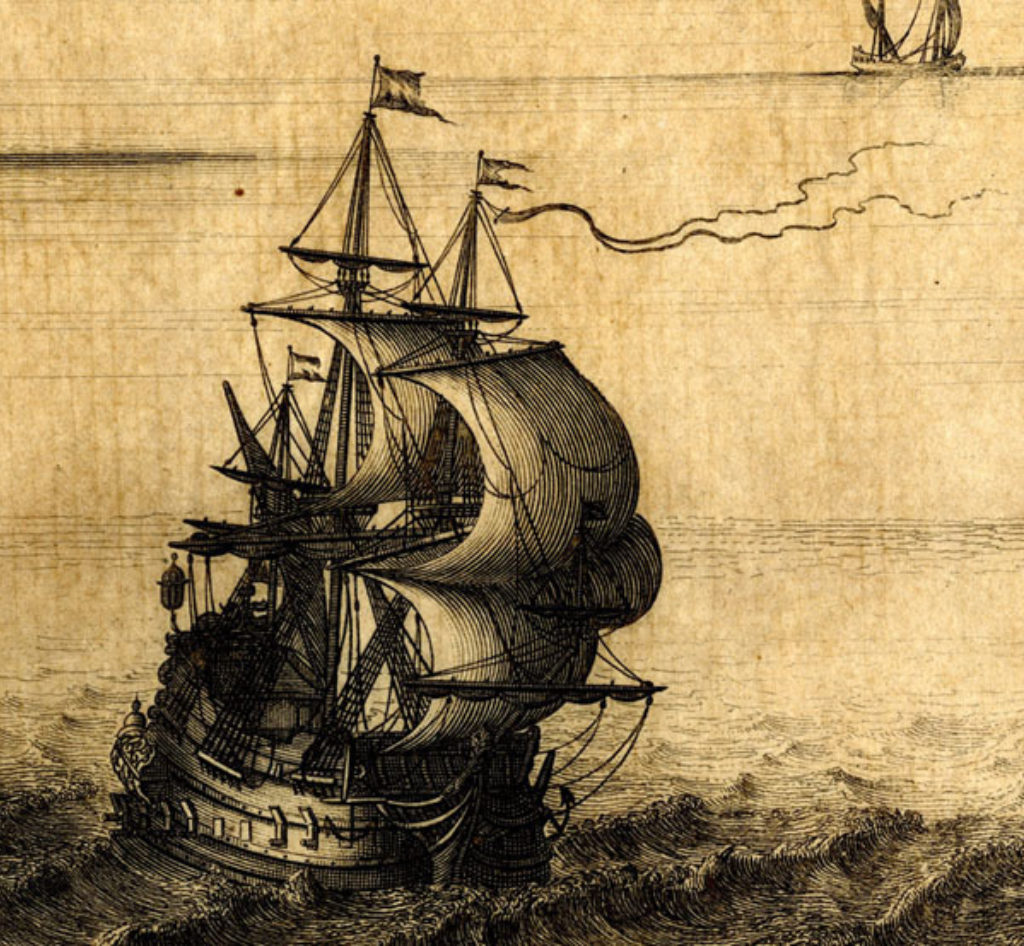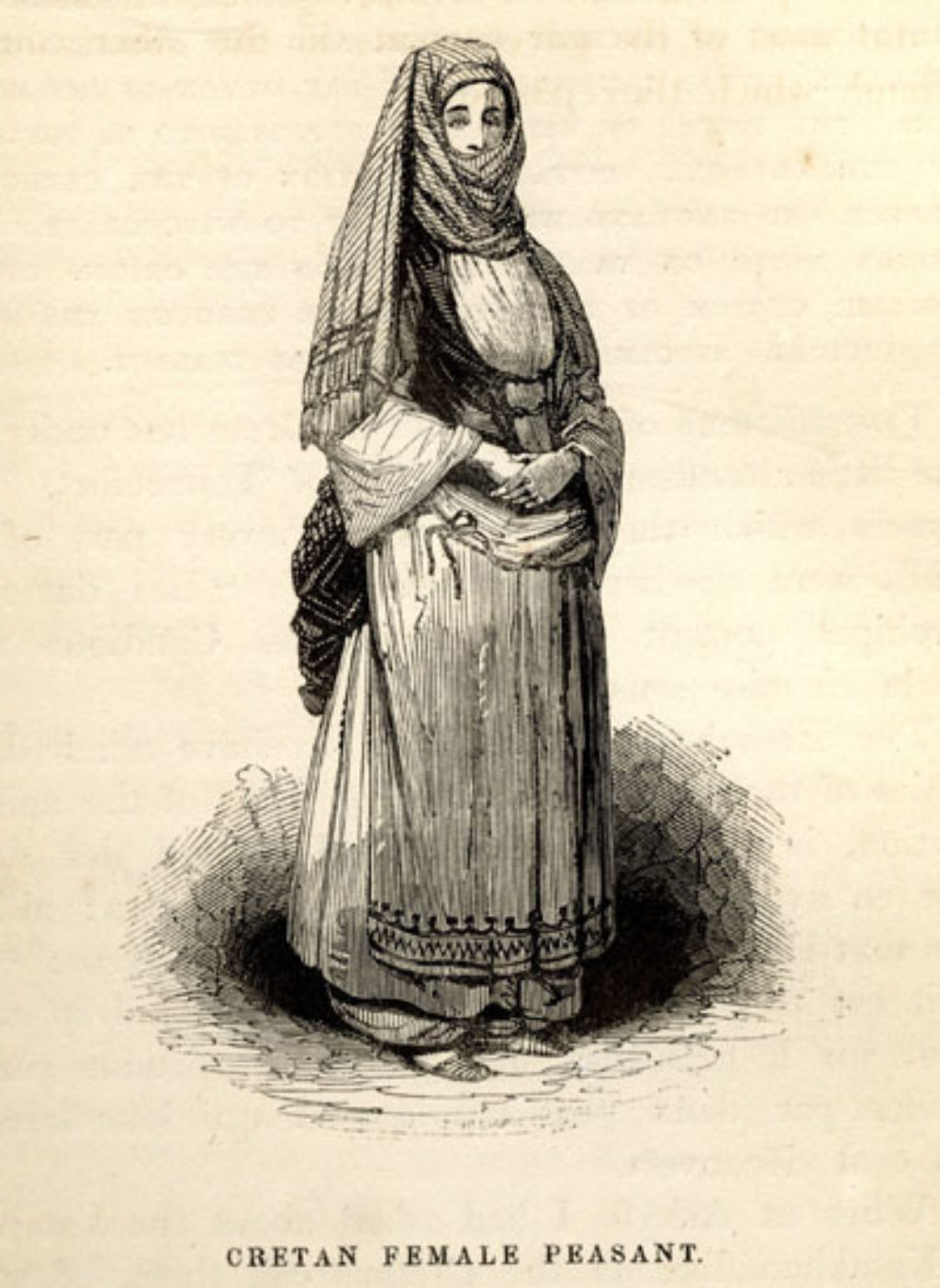WAR
Military Operations, Organisation and Munitions
Military Operations, Organisation and Munitions
One feature common to the Christians and Muslims on Crete was the lack of military organisation and discipline on a par with that of regular armies in the period. In any case, the bulk of clashes were fought at the local level, between small bands, where the role of rebel leaders was decisive both in terms of organisation and in maintaining cohesion. The tactics adopted by both sides on the battlefield was also similar: they normally fought by gunfire for hours, until ammunition ran out or one of the two sides buckled from exhaustion and casualties. In several cases the outcome of battles was determined by the use of special corps such as the cavalry. By contrast, using artillery did not yield substantial results. For the revolutionaries, securing munitions was a major problem. Their needs were largely covered by battle spoils, though significant supplies gradually began arriving on the island via purchases and trade.
Fortresses, Defences and Refuges
Fortresses, Defences and Refuges
On the outbreak of the revolution, all the old large and small Venetian-era fortresses were in Muslim hands. By contrast, the revolutionaries only had a number of natural refuges, with Sphakia being the main one, which in most cases proved vulnerable and inadequate. Yet on the Muslim side, too, groups large and small remained in the countryside, barricaded inside various villages and towers. Often isolated from other areas, many of these strongholds were besieged and levelled during the clashes. Yet the revolutionaries did not have means to do the same to the large fortified towns, so as to secure a decisive victory. For the greater part of the revolution they limited themselves to blockading them, creating expansive exclusion zones around them. Their only successes were in capturing the castle at Kissamos in May 1823, and the fortress of Gramvousa in August 1825.
Sea Blockade
In an island battleground such as Crete, transport and communication via sea and coastal routes had a key role to play in shaping clashes. Even on the outbreak of revolution, the obstacles local Muslims faced in communicating with areas outside Crete had a decisive impact on their stance. The revolutionaries’ calls for ships and efforts to charter them never led to a total blockade of the island, so as obstruct new forces from arriving. In the spring of 1822, the Egyptian army reached the island without there being any prompt naval reaction whatsoever; the same applied to the reinforcements gradually sent over the following years. Once the revolution had been quashed, in March 1824, it was the Muslims’ turn to enforce a naval blockade, to forestall the arrival of fresh revolutionary forces on the island. Efforts to that end greatly intensified after 1828, then also involving the participation of the European powers.
The Role of Women and the Lot of Prisoners
The Role of Women and the Lot of Prisoners
Isolated in the fortresses or assorted refuges, women are presented in the sources as generally playing an auxiliary role. All the same, differences between the two camps were significant. On the revolutionaries’ side, references to women having a hand in battle or fighting alongside their brothers and spouses are not unheard of. By contrast, Muslim women are presented as taking a more passive role, relaying information or urging their husbands to continue fighting. On account of their special role, references to women being taken prisoner are a common motif. Yet prisoners were also taken in many other instances, particularly in the course of battles. In a unique battleground such as that of Crete, killing of prisoners was the rule, though not without several exceptions. At any rate, certain prisoners were valuable, to the extent that they could be held to ransom or exchanged with those on the other side.




